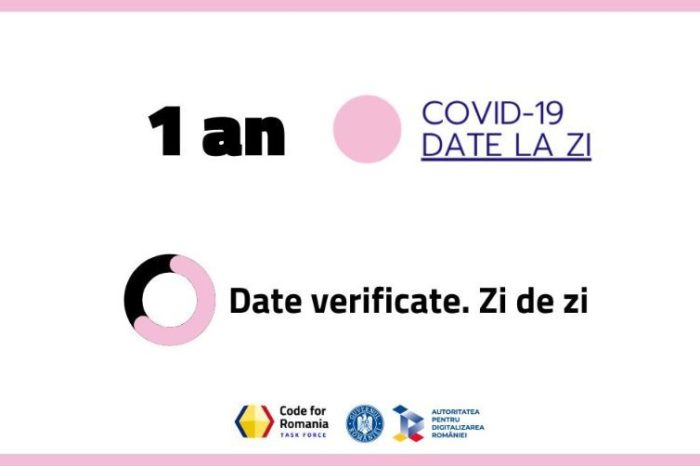Practical education in high school, the chance for rapid integration into the labor market

Practical education from the age of 14, respectively from the first grade of high school, should be quickly introduced in state school education as the model is adopted by private schools and has beneficial results. During the “Educated for life”conference, the central theme of the discussion focused on the importance of creating a generation that adapts to changes in the labor market and corresponds to present and future economic realities.
Thus, the representatives of the business environment embraced the idea of introducing practical education in high schools, so that after completing their studies, the student can receive a qualification certificate, which will help him in his employment.
In this sense, the president of the Commission for education, youth and sports of the Romanian Senate, Monica Anisie, supports the modification of the legislative framework. She spoke at the conference about the need to support technical and dual education, to receive an early qualification that would allow young people to integrate quickly into the workforce, and about the changes that need to be made to the legislation to facilitate access to practical education. and vocational.
“There is no perfect recipe to instill the right skills for young people, but the options we have in raising them are extremely important. It is important for parents to get involved, it is important to invest in the development of vocational education in a constructive way and to help students understand its real benefits early on. It is equally important to realize that it is absolutely necessary to correlate the labor market with current and future economic realities, and for this we must change legislation and adapt education at all stages to changes in the economy,” concluded Cristina Chiriac , VET ambassador.
The labor market is constantly changing, and the process is accelerated for many reasons: the economy is strongly transformed by the pandemic; revolutionary technologies appear that bring digitization and automation into the “new” normal; robotics and artificial intelligence are becoming more popular everywhere. However, only 4% of internet users in Romania took an authorized course, according to a Google Romania analysis.
“Educated for life” continues the series of four debates focused on the need to correlate the labor market with economic realities and the importance of modernizing education in Romania. The third debate focused on “Financial Education” will take place on April 21, starting at 11.00.














